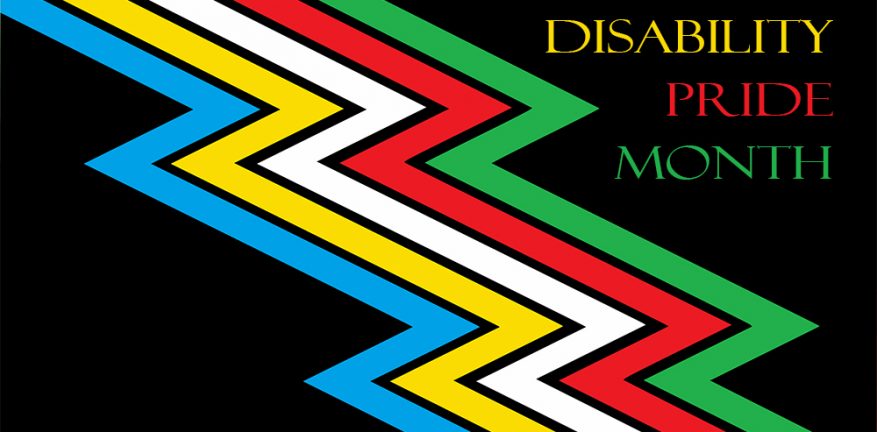Just like June is LGBTQ+ Pride Month, July is Disability Pride Month—it’s the month when we celebrate people with disabilities.
On July 26, 1990, United States President George H. W. Bush signed the Americans with Disabilities Act (ADA), recognizing their rights and prohibiting discrimination against people with disabilities. Since then, it has been celebrated in cities around the world.
No one teaches us to confront a disability; in my personal experience, I have realized how difficult it can be to undertake normal daily activities for someone with a visual disability.
My grandfather’s visual disability was caused when his pediatrician prescribed medicine that led to his complete vision loss when he was three months old. Since then, his world completely changed, and indirectly it changed for everyone around him, including his children and grandchildren. I remember my grandma scolding us for leaving toys around the house because my grandpa could trip and fall.
Cities worldwide are advancing toward greater inclusion and accessibility; however, we still have a long road ahead. Questions such as the following go through my mind: To what extent have our cities adapted to cope with the needs of people with disabilities? Which barriers do they face? Which steps/actions make a city more accessible?
Accessible cities incorporate improvements such as acoustic traffic signals, tactile signaling, adapted public restrooms, light and sound warnings, elevators, wheelchair mechanic ramps, etc.
We have to work hard on the maintenance of our public spaces, just as one would re-organize one’s home or move items from one place to the other. A fence or a construction cone could be a great challenge for someone facing a disability.
As I mentioned, my grandmother would not allow particular things in her house to be moved around because if that happened, my grandfather was directly affected, due to this vision impairment.
However, an accessible city does not only depend on eliminating physical barriers. An accessible city thrives by adopting measures related to communicative, cognitive, and cultural accessibility.
Our quality of life greatly depends on the city we live in. Adapting a city indeed demands a considerable investment; however, the positive impact it creates is significant, since it facilitates life for people with disabilities and creates a more inclusive society.
Every person should have equal opportunities and should be able to participate with autonomy. What steps could Mexico take to become more accessible? What if we celebrate Disability Pride Month in 2023 with efficiency improvements for our cities?
-Manuel Barreiro Castañeda-

